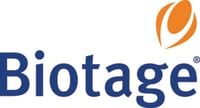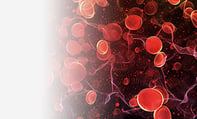Separation Science, in collaboration with Biotage, offers an on-demand presentation covering typical plasma matrices and the effects of different sample pre-treatments, as well as describing different strategies for analyte enrichment to maintain method LOQs, using manual and automated low volume elution SPE procedures.
Duration: Approximately 30 minutes
Presenter: Adam Senior
Adam Senior
(Biotage GB Limited)
Adam is an analytical chemist with over twenty years’ method development experience in diverse industries. He is a Senior Scientist in the Innovation and Development group, having joined Biotage in 2011. Adam is involved in the development and validation of LC-MS/MS sample preparation assays incorporating solid-phase extraction and supported liquid extraction.
Sponsor:

 Perfecting Pcats – Developing a More Robust UHPLC-MS/MS Method for Plasma Catecholamines using Low Volume SPE
Perfecting Pcats – Developing a More Robust UHPLC-MS/MS Method for Plasma Catecholamines using Low Volume SPE